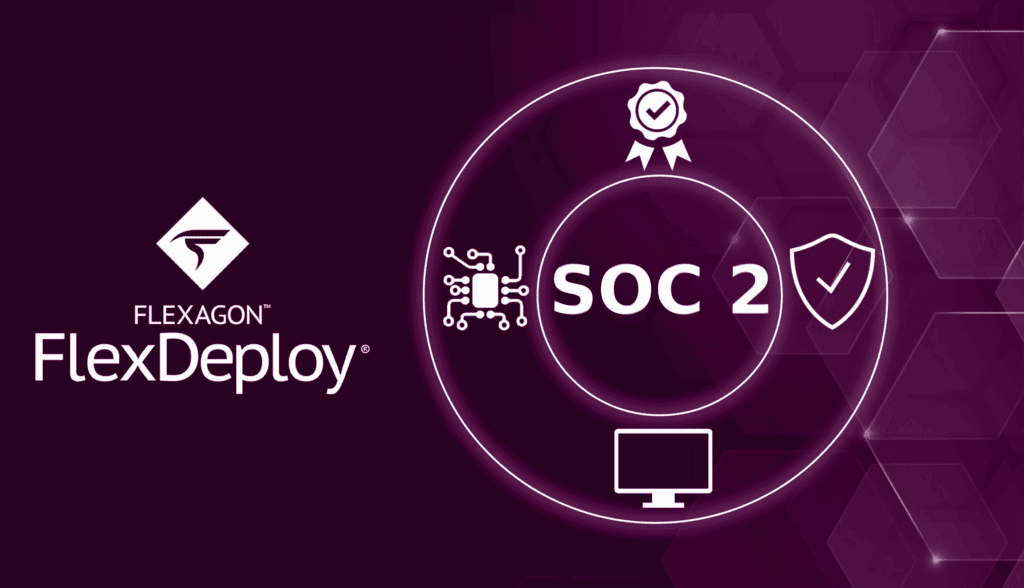The following is a summary of the information covered in the webinar: Bring DevOps to the Salesforce Ecosystem. Watch the recording here.
The Challenges of Salesforce Development
Organizations must continually innovate to keep up with the speed of business. To do that, they need their IT groups to be more efficient, delivering high-quality products and services to customers more quickly and cost-effectively.
For companies that use Salesforce, that means moving away from manual processes that are slow, tedious, and error prone. These traditional processes for managing the Salesforce ecosystem present several challenges.
Lack of Visibility and Awareness
- There isn’t clear visibility into what changes have been migrated to each environment, when changes were made, and by whom.
- Teams cannot see the differences across environments. For example, they cannot see how Production compares to a pre-Prod environment such as QA.
- Synchronization of Salesforce metadata, settings, Apex classes, and profiles between sandboxes and organizations can be a nightmare.
- There is a lack of approvals or an effective governance process to gain visibility and maintain the quality of Production.
Generally, various teams in the IT department – from developers to release managers to administrators – lack communication and coordination about changes. Too often teams exist in silos when collaboration, open dialogue, and teamwork would streamline the continuous development and implementation of changes and improve the team’s ability to deliver.
Poor Quality and Difficulty Managing Risk
- Inadequate testing or skipping test cases is a great way to introduce poor quality into your development and ultimate deliveries.
- Often, groups of changes are taking place as part of a larger release cycle. Dependencies with other applications and integrations increase the risk that these changes result in inadequate quality.
- When there is an error or flaw in the plan, teams lack the ability to easily rollback to a previous working release.
- Developers override necessary changes of other developers. This is where collaboration and coordination become essential.
Speed and Cost of Deployments/Delivery
- The name of the game is delivering high quality and high value changes as quickly as possible. The complexity of handling many customizations in the Salesforce ecosystem slows down teams. Managing the deployment of multiple changes makes this even more difficult.
- Traditionally, teams needed to develop custom scripts for Salesforce and MuleSoft and maintain these scripts over time. This manual effort is inefficient and slows down the entire deployment process.
- Because large efforts are required to maintain these scripts and many touches are necessary to approve changes, releases are often infrequent and delayed. Organizations need more continuous innovation, so infrequent releases are a direct threat to a business’s competitiveness in the market and to customer satisfaction.
Bringing DevOps to the Salesforce Ecosystem
FlexDeploy automates and streamlines the development and delivery processes for Salesforce, MuleSoft and more by bringing DevOps to the Salesforce Ecosystem.
As a DevOps platform for complex IT environments, FlexDeploy integrates the toolchain, drives changes through the pipeline with CI/CD and release automation capabilities, and much more. You can easily eliminate manual tasks and homegrown scripting while ensuring speed and quality.
FlexDeploy users have enjoyed a 500% reduction in errors, an 80% reduction in delivery time, and a 30% reduction in costs thanks to the pervasive automation it provides and facilitates. With deployments 10x faster, some achieve ROI in short 3 months!
Watch the Webinar Today to Learn More
In this webinar, Flexagon President Dan Goerdt demonstrates how FlexDeploy automates and streamlines the development and delivery processes for Salesforce and MuleSoft.
Want to keep learning? Check out other on-demand and upcoming webinars.




